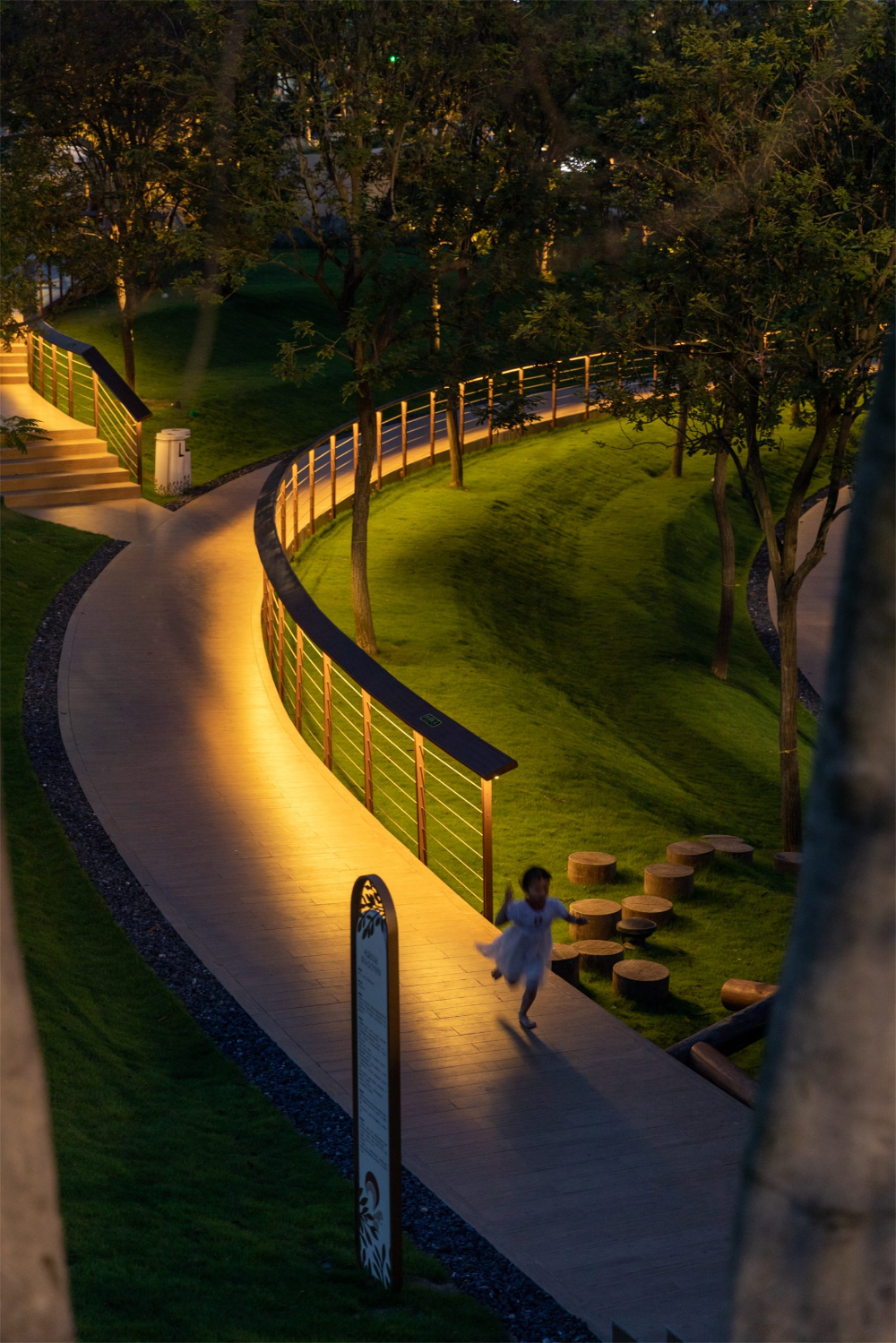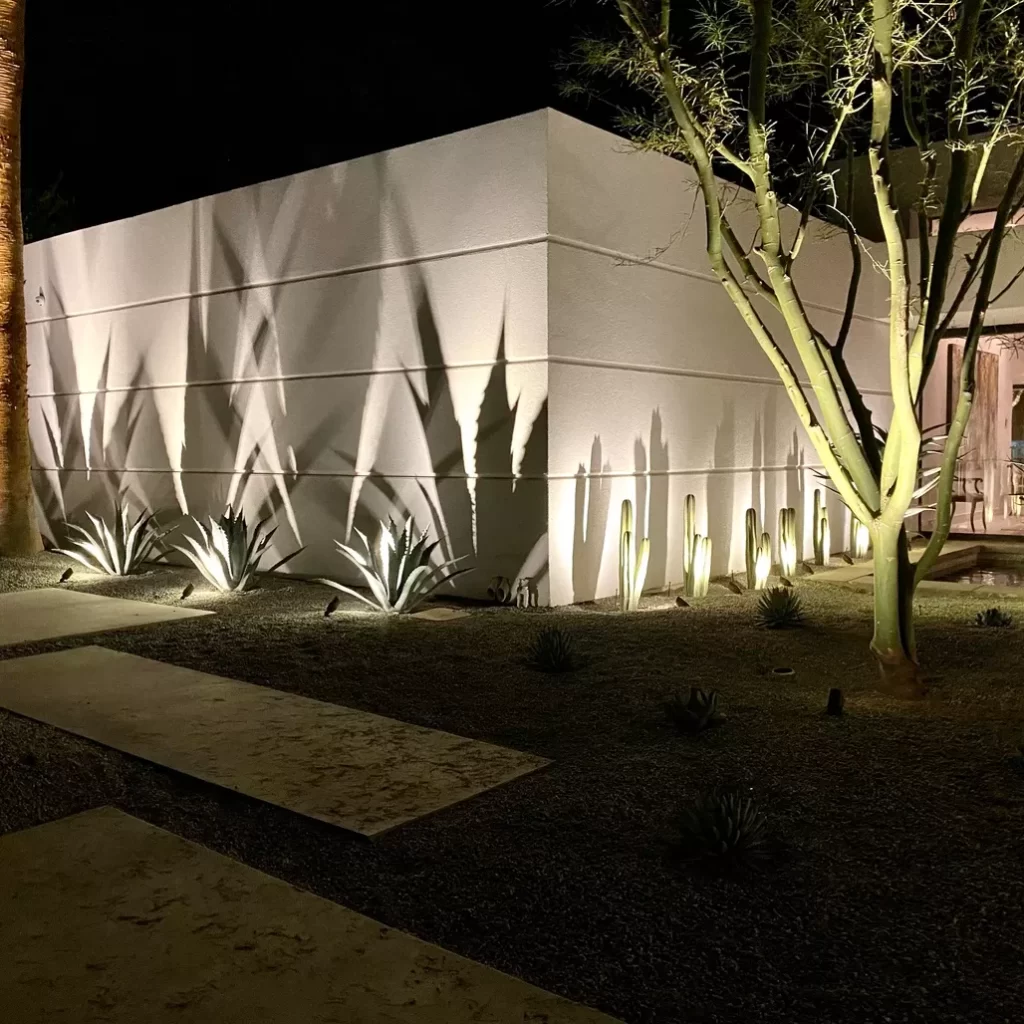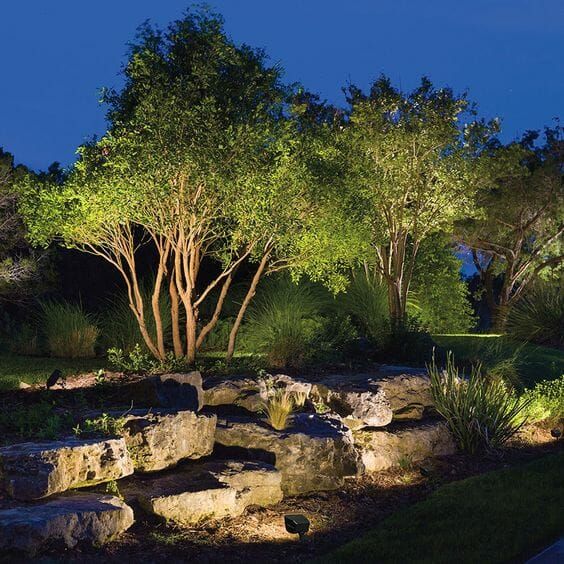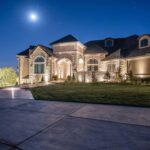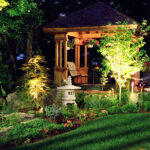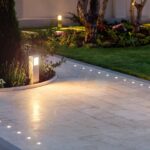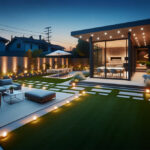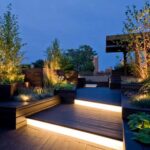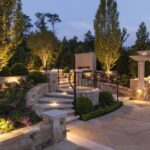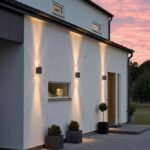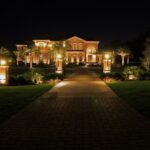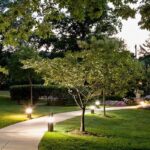Landscape lighting design is a crucial element in creating a beautiful and functional outdoor space. Properly designed lighting can enhance the architecture of your home, highlight key features of your landscape, and improve safety and security around your property. When planning your landscape lighting design, there are several key factors to consider to ensure that your outdoor space is both aesthetically pleasing and functional.
One of the most important aspects of landscape lighting design is creating a balance between light and shadow. By strategically placing lights throughout your outdoor space, you can create depth and dimension in your landscape, highlighting certain elements while creating a sense of mystery and intrigue in others. By varying the intensity and placement of lights, you can create a visually interesting and dynamic outdoor environment.
Another key consideration in landscape lighting design is choosing the right type of fixtures for your space. There are a wide variety of lighting fixtures available, including path lights, spotlights, floodlights, and accent lights, each serving a different purpose in your landscape. When planning your lighting design, consider the function of each area in your outdoor space and choose fixtures that are appropriate for those specific uses.
In addition to choosing the right fixtures, it is important to consider the type of light bulbs you will use in your landscape lighting design. LED bulbs are a popular choice for outdoor lighting, as they are energy-efficient, long-lasting, and provide a bright, clear light. When selecting bulbs for your landscape lighting design, be mindful of the color temperature and brightness of the light to ensure that it complements the overall aesthetic of your outdoor space.
Properly positioning your lighting fixtures is essential in creating a cohesive and functional landscape lighting design. By strategically placing lights throughout your yard, you can highlight key features such as trees, plants, architectural elements, and walkways. Consider the natural flow of your outdoor space and the areas you want to highlight, and position your lights accordingly to create a visually appealing and well-lit environment.
Finally, consider the practical aspects of your landscape lighting design, such as energy efficiency and maintenance requirements. Utilizing a timer or smart lighting system can help you save energy by automatically turning off lights when they are not needed. Additionally, choosing fixtures that are easy to maintain and durable can help to ensure that your landscape lighting design remains beautiful and functional for years to come. By carefully planning and implementing your landscape lighting design, you can create a stunning outdoor space that enhances the beauty and functionality of your home.
